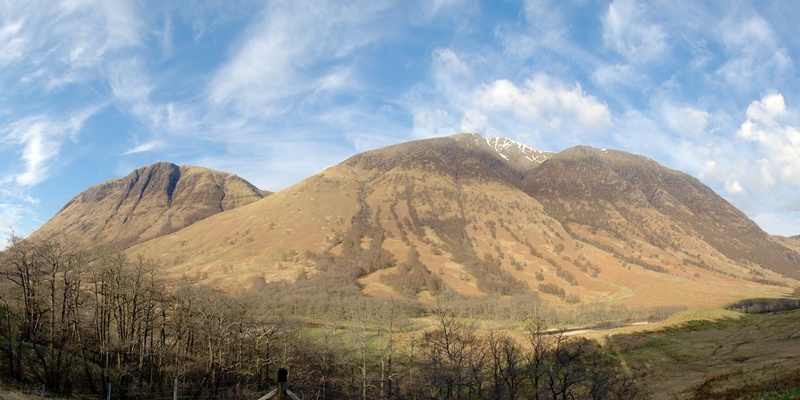The huge worth of ‘nature tourism’ has been underlined as a new report revealed it contributes £1.4 billion a year to Scotland’s economy.
The sector also supports an estimated 39,000 full-time jobs.
The findings have prompted calls to ensure the economic “role of nature” is fully recognised. Experts also said a “strong focus” must be placed on ensuring the environment is sustainably managed.
The report, commissioned by Scottish Natural Heritage (SNH), states that field sports, including game shooting, deer stalking and angling, generate £136 million.
Research also highlights the importance of the annual Scottish Game Fair, which attracts more than 32,000 visitors a year and is a major boost to the Perthshire economy.
SNH says wildlife tourism brings in £127 million and is the “main driver” behind more than a million trips to Scotland each year.
Activities include bird watching, whale watching, guided walks and practical conservation holidays.
Among major contributors is dolphin watching on the east coast, generating at least £4 million a year, while sea eagles on Mull bring in £2 million.
Activities such as mountain biking, canoeing and kayaking are worth £178 million and rising numbers of visitors come to Scotland to enjoy sports such as sailing, snow sports, horse riding, gorge walking, rafting and paragliding.
Surfing is growing by some 20% a year and there are now about 3000 surfers in Scotland.
The research indicates “walking and landscape” are jointly worth at least £900 million. The category includes hillwalking, mountaineering and climbing, as well as gentler walks of more than one mile.
Around 110,000 people tackle the summit of Ben Nevis every year 30,000 complete the entire West Highland Way and 60,000 others trek part of it.”Significant benefits” to economyIncome also comes from those who tour and enjoy Scotland’s scenery, such as the 400,000 people a year who visit Glen Nevis.
SNH commissioned the study, Valuing Nature-Based Tourism In Scotland, as part of wider research to quantify the value of the nation’s nature to the economy.
Environment minister and Perth MSP Roseanna Cunningham said, “Scotland’s wonderful natural environment and fascinating wildlife have so much to offer and it is exciting that there are visitors coming here to appreciate our world-class landscape.
“Tourists obviously enjoy what they see and there is such a wide variety of activities, whether it is walking in the glens, spotting some of Scotland’s iconic species or getting involved in conservation.”
He added, “Nature-based tourism generates significant benefits for the economy, including thousands of jobs.
“It is vital that work on the conservation and enhancement of our natural environment continues to ensure we can deliver these benefits for generations to come.”
SNH chief executive Ian Jardine insisted he was not surprised by the findings.
He said, “We have always known that landscapes and wildlife are one of the main reasons why visitors come to Scotland.
“We also know that enjoying nature is one of the key activities they like to do when they get here.”
He added, “With spending on nature activities worth nearly 40% of all tourism spending, nature-based tourism can generate significant benefits for the economy.
“These findings underline the need to recognise the role of nature in supporting the economy, to ensure it is managed sustainably and to make certain that we make the best use of nature as an economic resource.”
Photo used under Creative Commons licence courtesy of Flickr user selkovjr.
